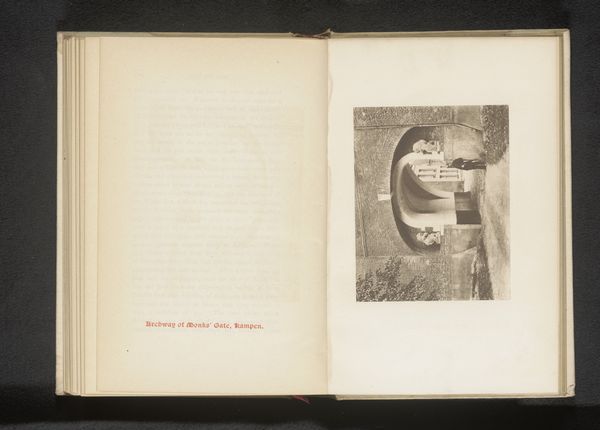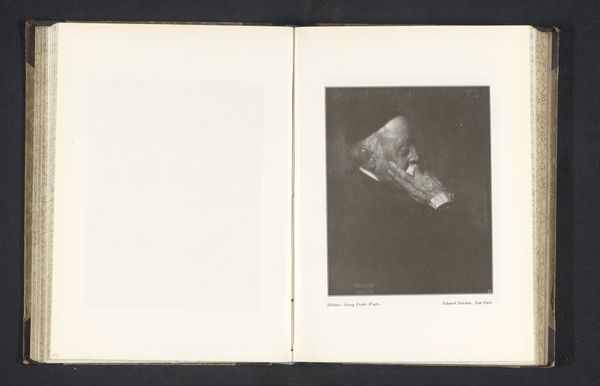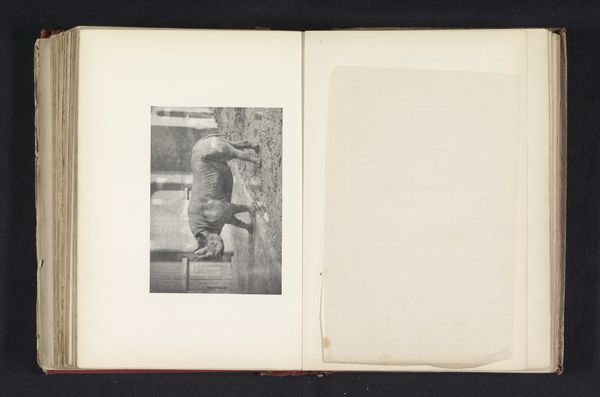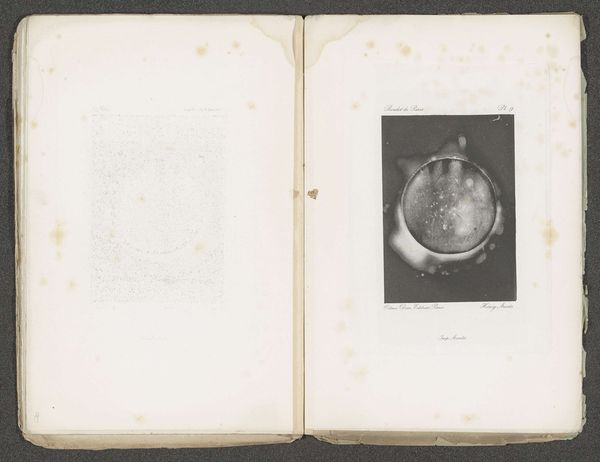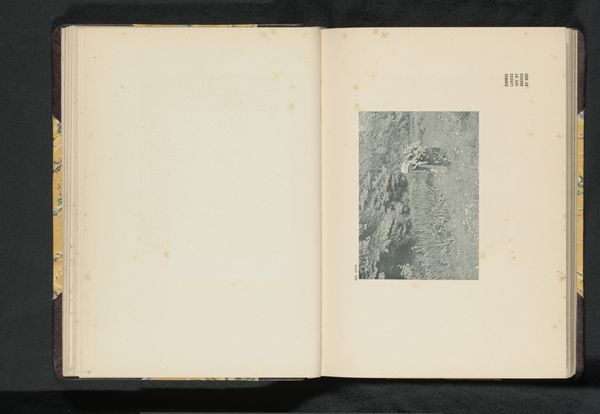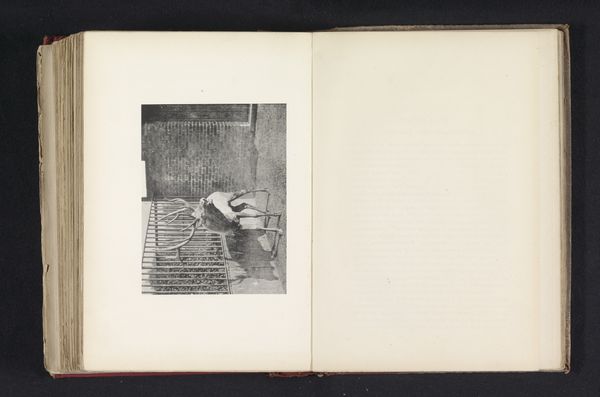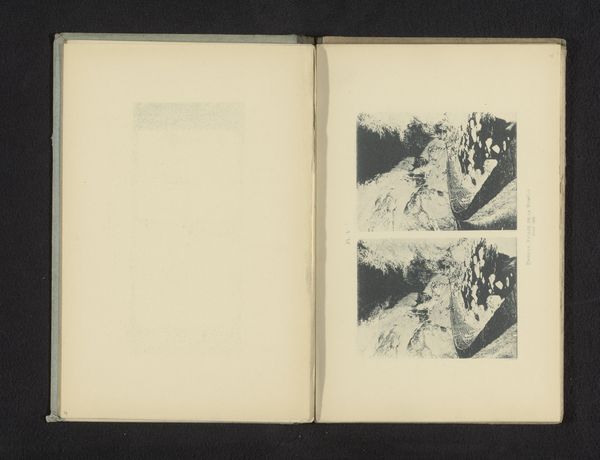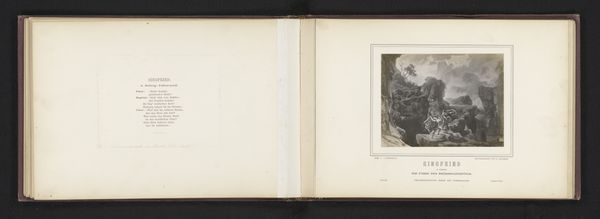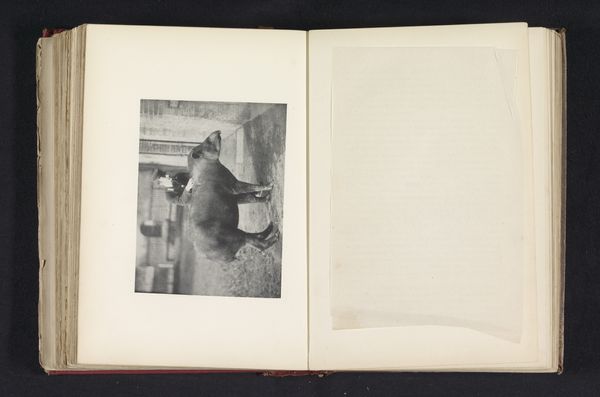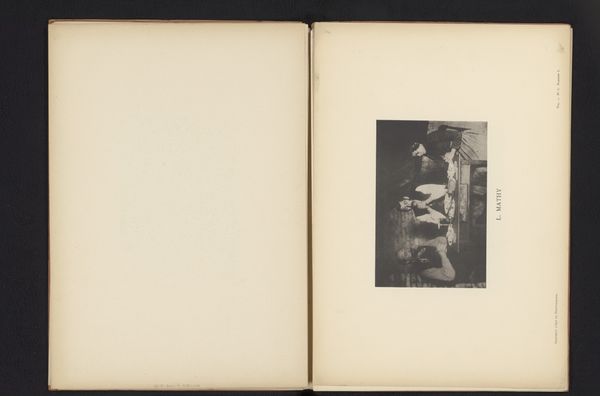
Twee aanblikken van een schedel met gevolgen van syfilis op het schedeldak before 1894
0:00
0:00
photography, gelatin-silver-print
#
portrait
#
aged paper
#
homemade paper
#
paper non-digital material
#
muted colour palette
#
paperlike
#
white palette
#
paper texture
#
photography
#
folded paper
#
gelatin-silver-print
#
academic-art
#
paper medium
#
historical font
Dimensions: height 126 mm, width 175 mm
Copyright: Rijks Museum: Open Domain
Albert Ludwig Sigesmund Neisser created this stark image of a skull, showcasing the ravages of syphilis, using photography. The skull is rendered in severe monochrome. This direct and clinical approach invites a sense of detached observation. The composition, featuring two views, presents a comparative study. This prompts reflection on how disease alters form and structure. The textured surfaces and stark light throw the damage into sharp relief, creating a compelling, if unsettling, visual experience. Neisser’s choice of photography is a statement in itself. In scientific settings, photography was deemed objective. The image underscores a shift towards empirical methods in understanding and documenting disease. It destabilizes traditional artistic representations of the body. The photograph challenges the viewer. It asks us to confront uncomfortable truths about the human condition. It's not merely an image, but a document. It serves as a silent testament to the power of visual media in shaping medical and cultural understanding.
Comments
No comments
Be the first to comment and join the conversation on the ultimate creative platform.


